20 Game-Changing Tips for First-Time Campers to Nail Their Outdoor Adventure

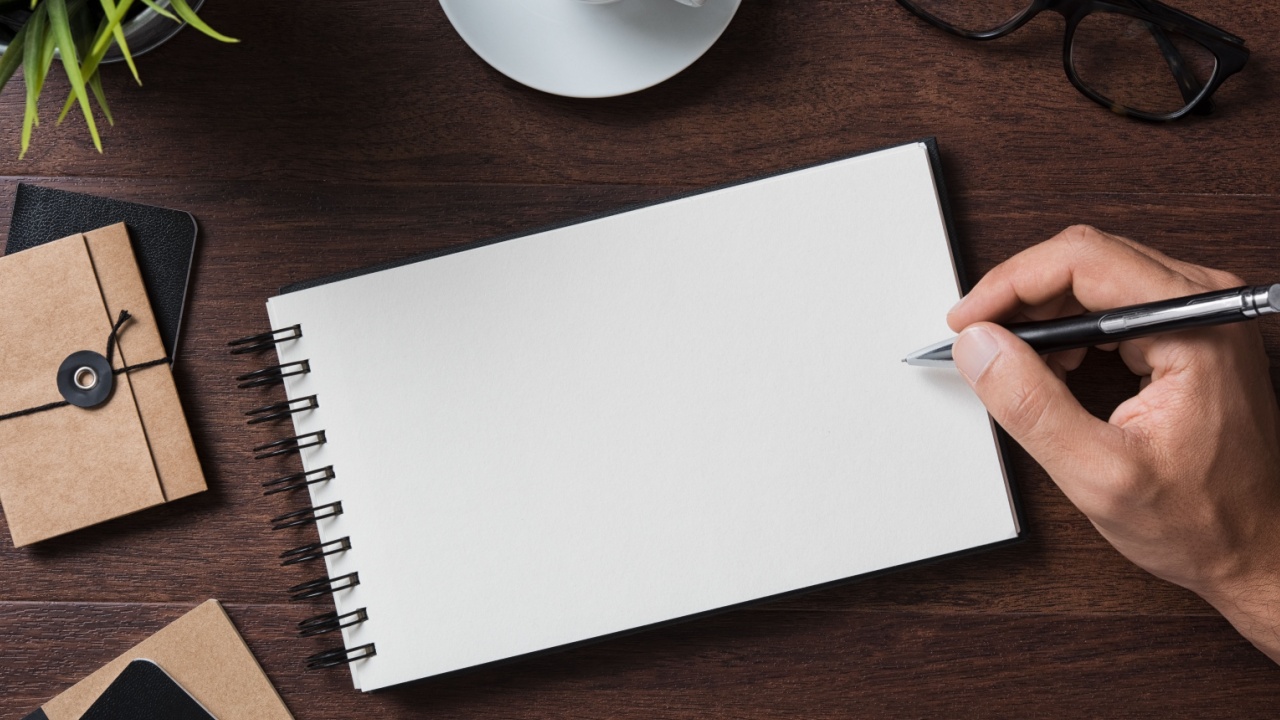
Camping is more than just a fun outdoor activity—it’s a crucial skill for anyone looking to boost their survival know-how. Learning how to camp comfortably and safely can give preppers the confidence to handle any situation in the wild.
Surprisingly, many people, including some preppers, have never experienced camping firsthand. Yet, understanding the ins and outs of camping is essential for being fully prepared, making it a key part of any survival drill.
We chose these beginner camping tips because they come from experienced campers who have learned through trial and error. By sharing these practical insights, we aim to help beginners avoid common mistakes and make their first camping experience a success. We left out advanced techniques to keep the focus on the essentials every newbie needs to know.
Instead of a “flight plan,” leave a detailed itinerary or trip plan with someone you trust. This plan should include your destination, departure and return times, and planned activities. This way, if something goes wrong or you get lost, someone will have your details and can help you more effectively.
2. Keep Your Initial Trips Short
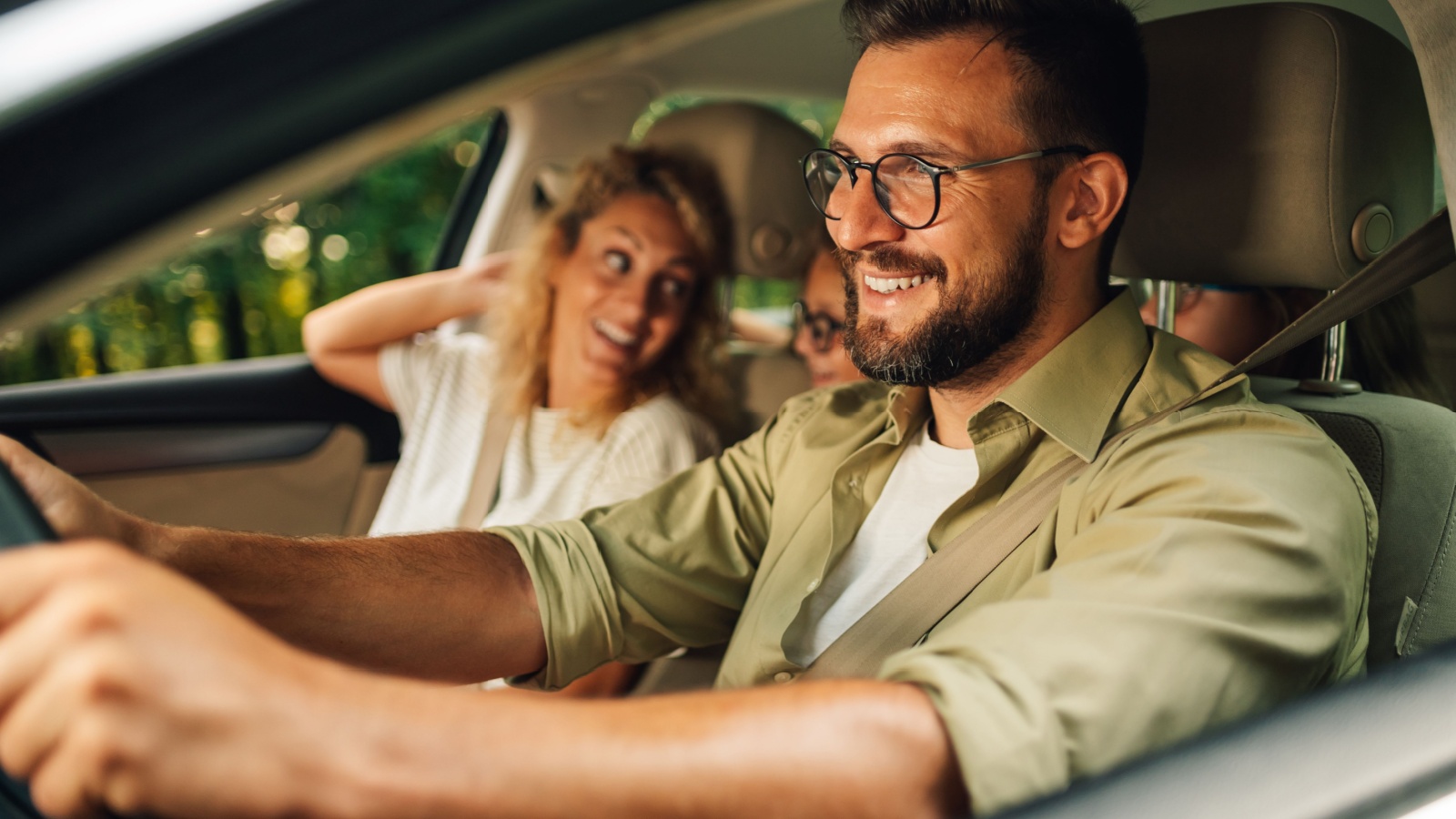
Start with shorter trips to build your camping experience. While some may manage longer trips with good preparation, beginning with a couple of days helps you get used to the essentials without overwhelming yourself.
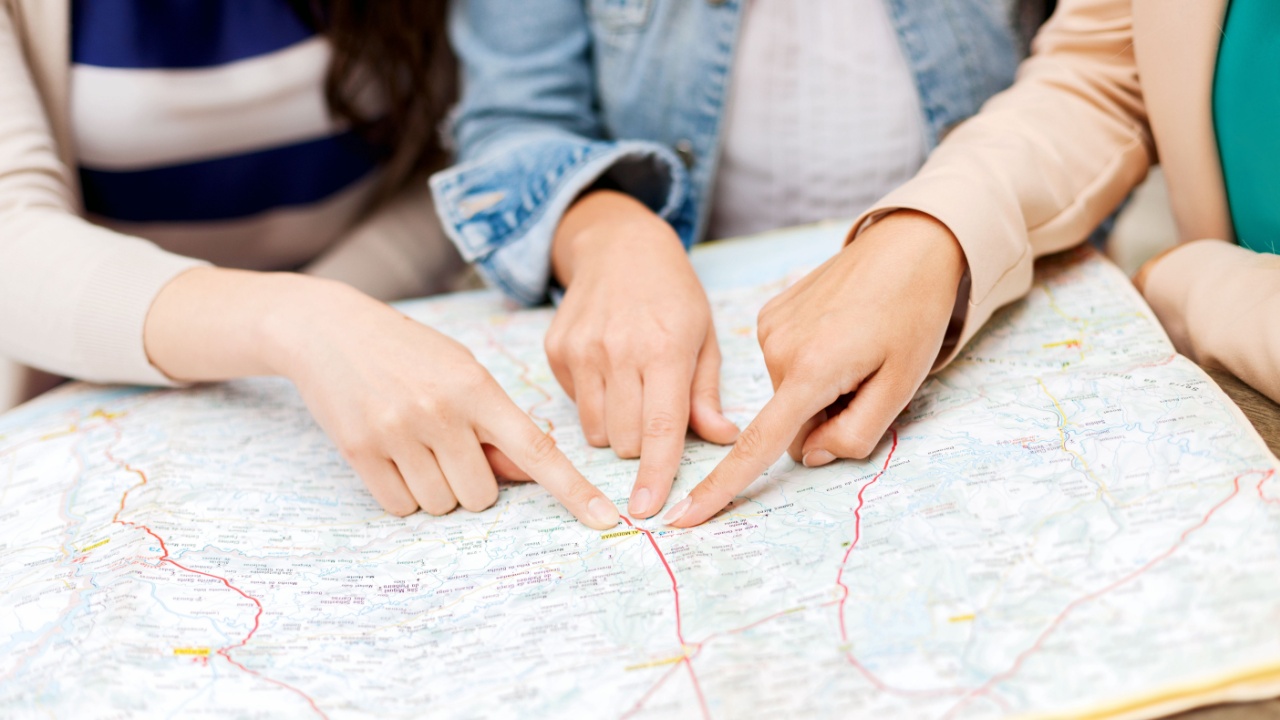
For your first camping trip, choose locations within a reasonable driving distance. This ensures you can return easily if needed, making the experience less stressful. Remember that campgrounds within an hour’s drive may not always be available, depending on your location.
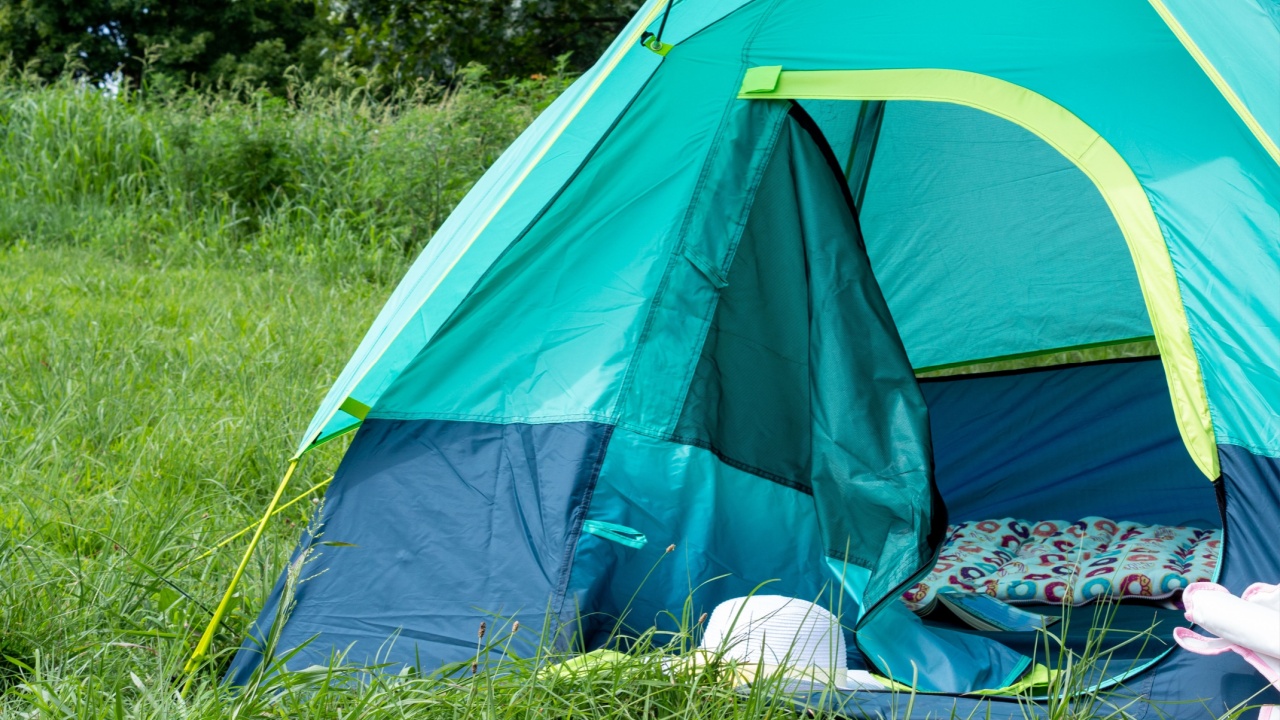
Testing your gear and camping skills in your backyard is useful, but remember it doesn’t fully simulate real camping conditions like weather and wildlife encounters. Use it as a practice run to get familiar with your setup, but prepare for additional challenges in the wild.

You don’t need to camp in bad weather to prove anything; check the forecast and choose mild conditions, especially when starting out. Exposure to harsh weather can be dangerous and increase the risk of accidents. For a more enjoyable and safer experience, wait for better weather and use modern forecasts to plan your trips.
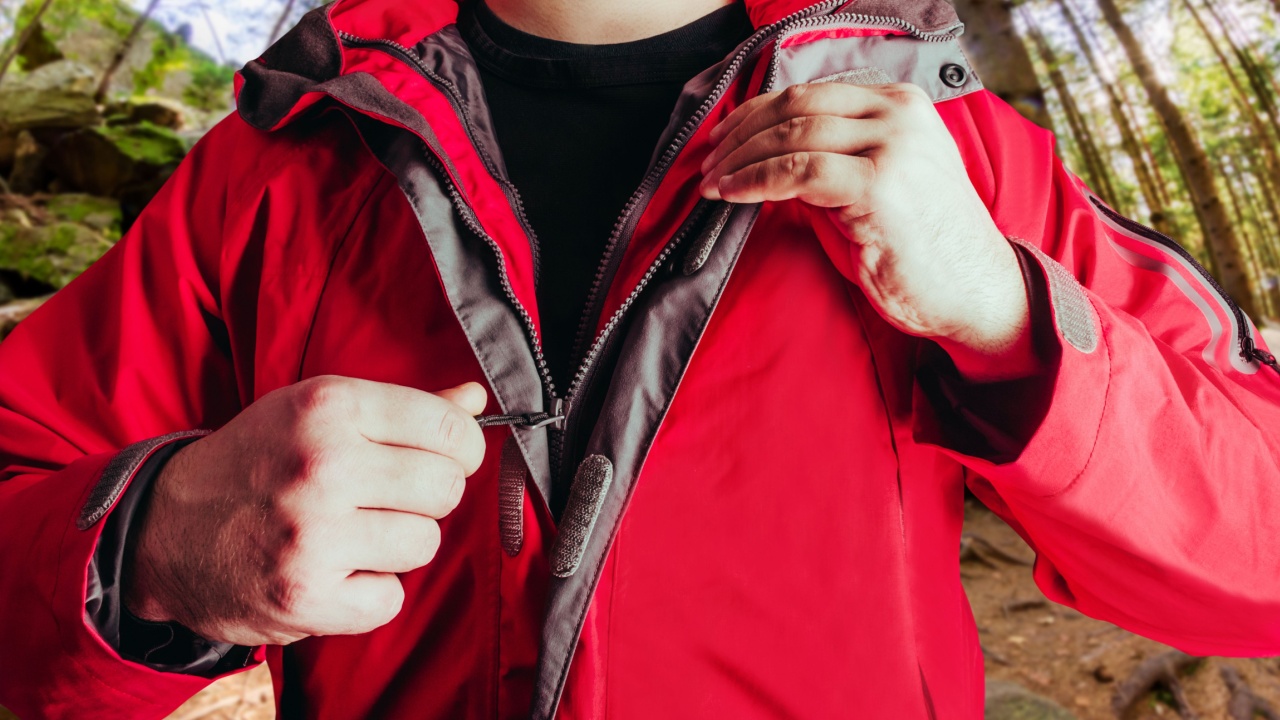
Always bring a waterproof outer layer, regardless of the weather forecast, to avoid getting soaked and risking hypothermia. Even if the weather seems clear, unexpected rain can make you miserable. A waterproof shell ensures you stay dry and comfortable on your camping trips.

Even if you’re planning to relax around the campfire, you’ll likely do some hiking or exploring. Wear sturdy, comfortable footwear that’s already broken in to prevent blisters and help you navigate tricky terrain. It’s also handy for nighttime bathroom trips and avoiding critters that might take refuge in your shoes.

Forget the notion that suffering is part of camping; a well-chosen campsite can make all the difference. Select a site that’s level, appropriately shaded or sunny, and clear of potential rainfall paths. Ensure it’s suitable for your sleeping arrangement, free of debris, and has space for a controlled campfire.
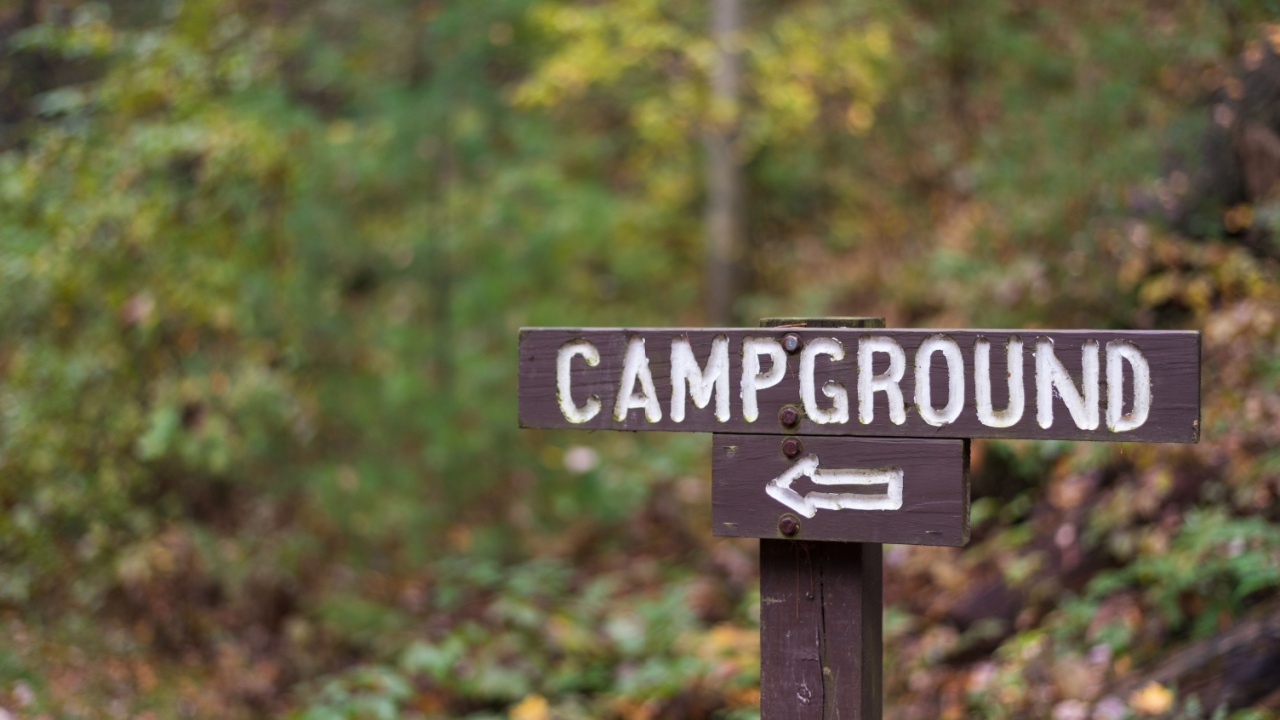
Don’t be swayed by veteran campers’ disdain; starting at a well-equipped campground with amenities like bathrooms and showers can be a smart move. These sites offer conveniences such as nearby stores, watercraft rentals, and marked trails that simplify your first camping experiences. Use these facilities to build confidence and skills, and soon you’ll be a seasoned pro yourself.
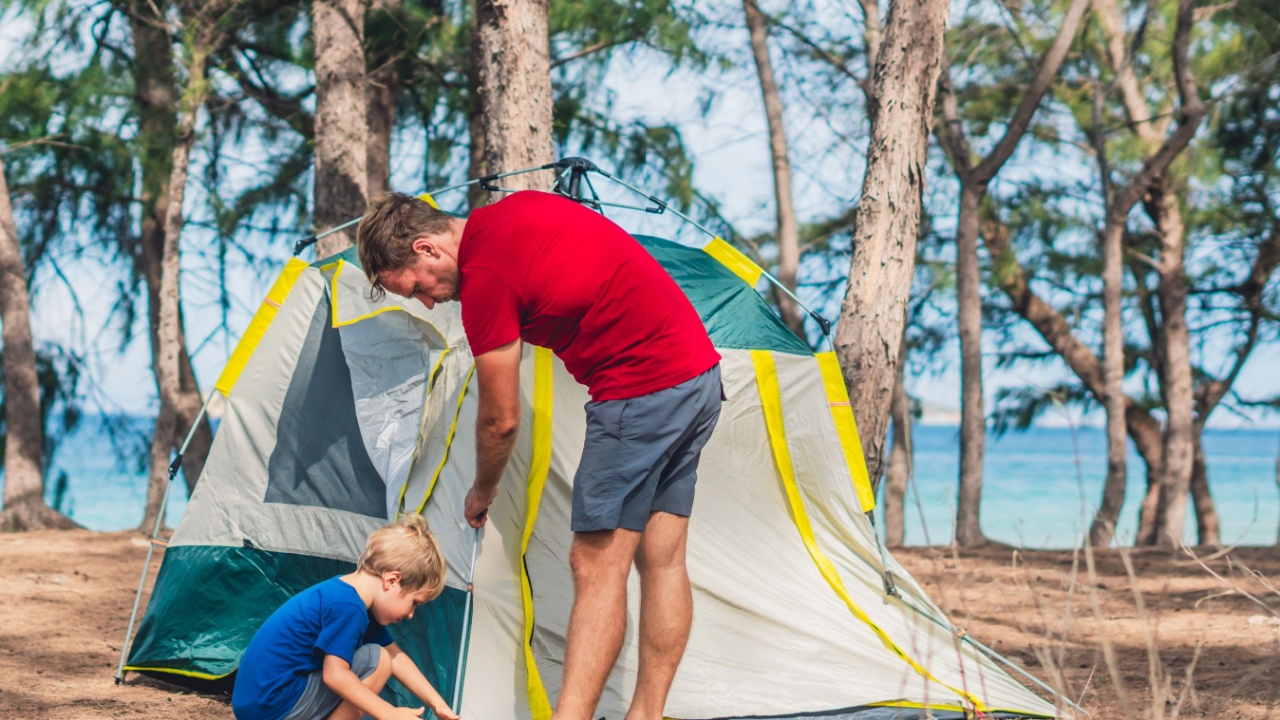
Arrive at your campsite early to avoid the stress of setting up in the dark or cold. Getting a head start lets you relax or explore without the pressure of a looming sunset. Trust me, setting up camp in dim light after a long day is no fun and might make you rethink camping altogether.
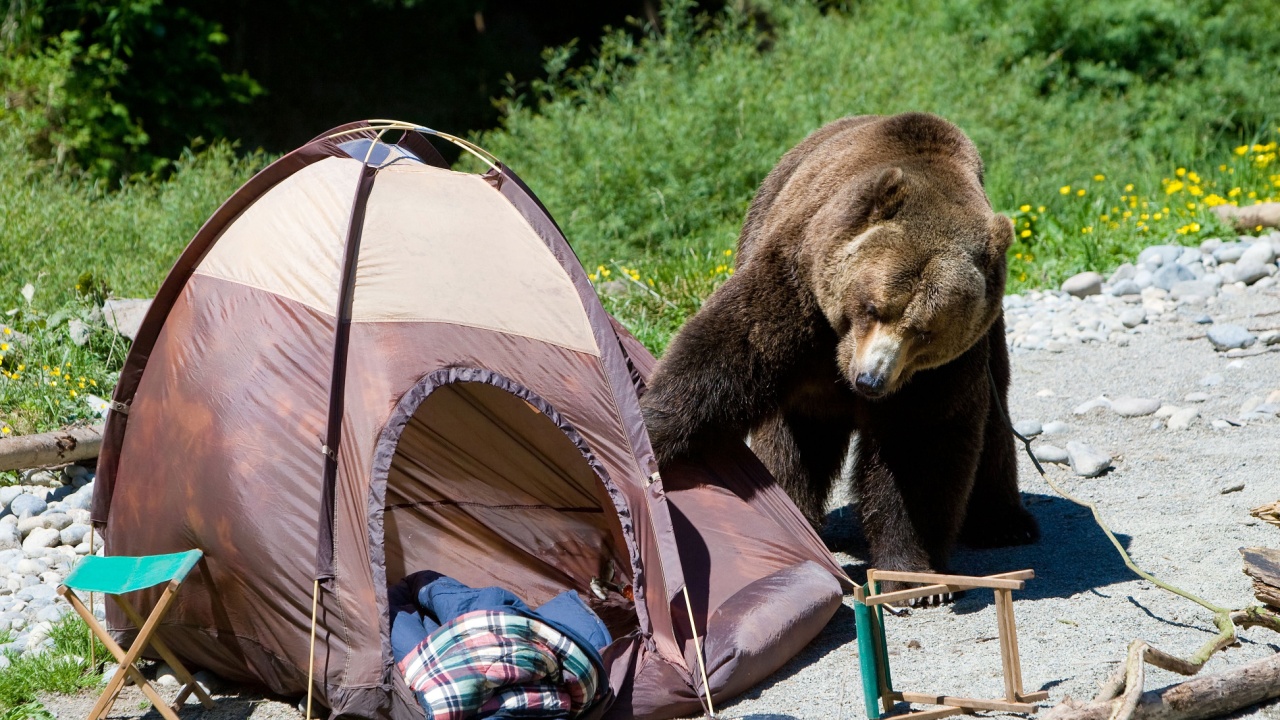
When camping, you’ll share the outdoors with various creatures, some of which can be dangerous. Learn which insects, spiders, and mammals to watch out for, and be especially cautious of snakes, which might be attracted to warmth from campfires or boots. Always check your surroundings and gear to avoid encounters with venomous snakes and other harmful wildlife.
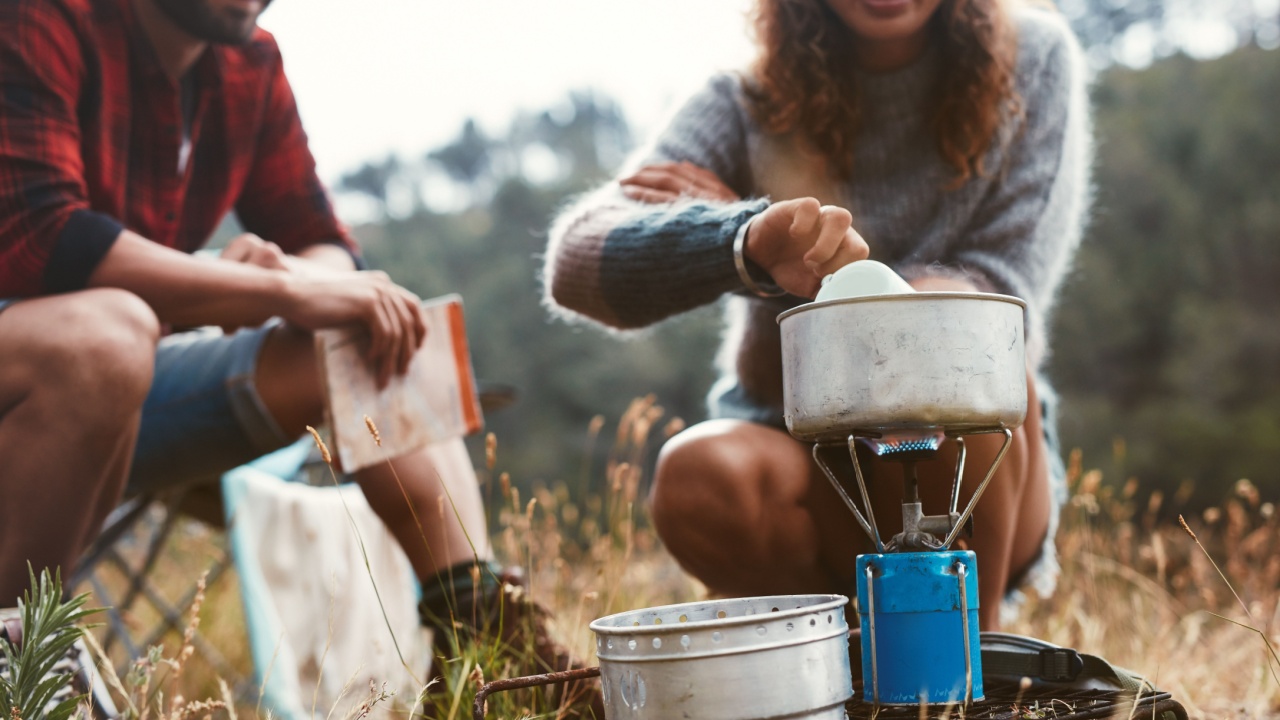
Keep camping simple for a smoother experience. Instead of packing heavy or perishable foods, opt for lightweight, shelf-stable items like MREs or dried snacks. If you prefer fresh food, choose items that are easy to prepare and won’t spoil easily.
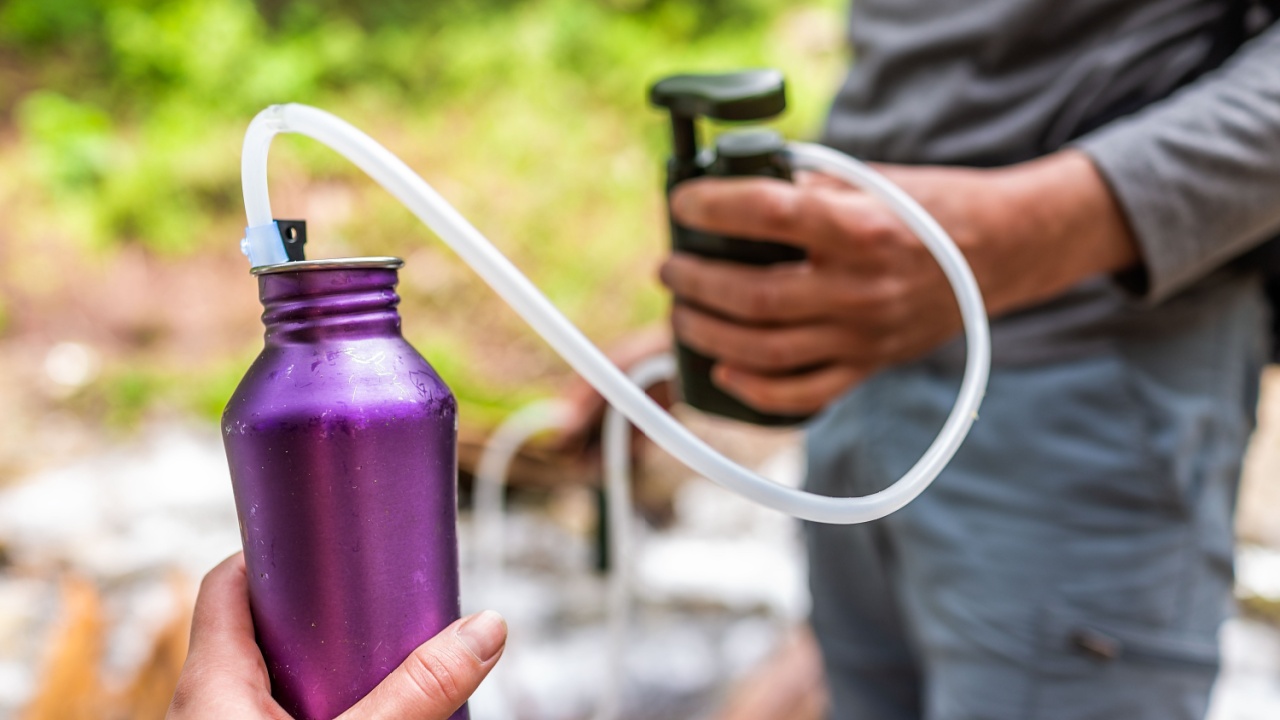
A water filter is handy, but also carry a backup supply of water and know about alternative water sources. Filters alone might not suffice in all situations, so having extra water ensures you’re prepared for emergencies.
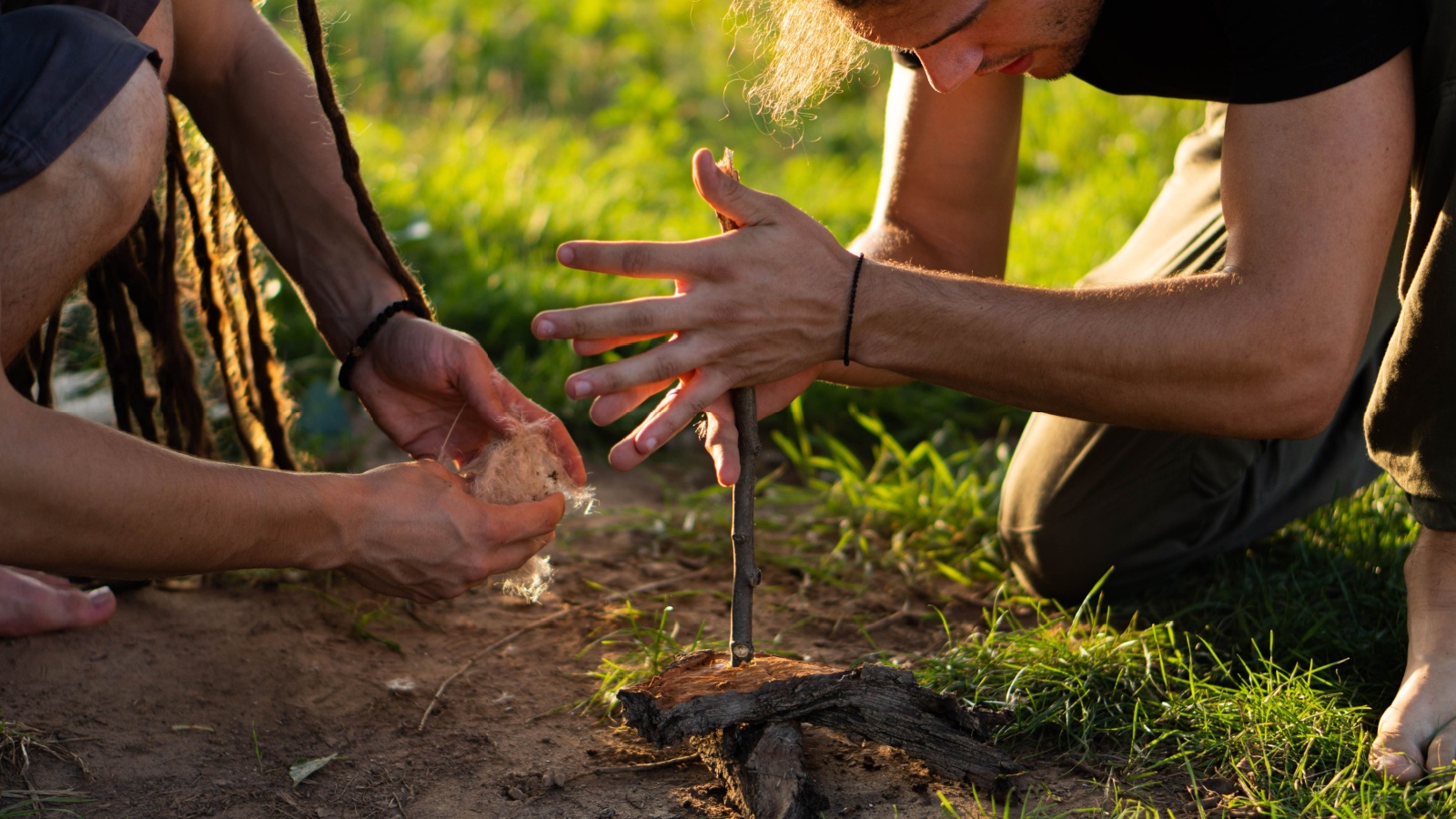
While lighters are practical and essential, it’s beneficial to also learn traditional fire-starting methods. This skill can be a lifesaver if you ever find yourself without a lighter or in wet conditions.
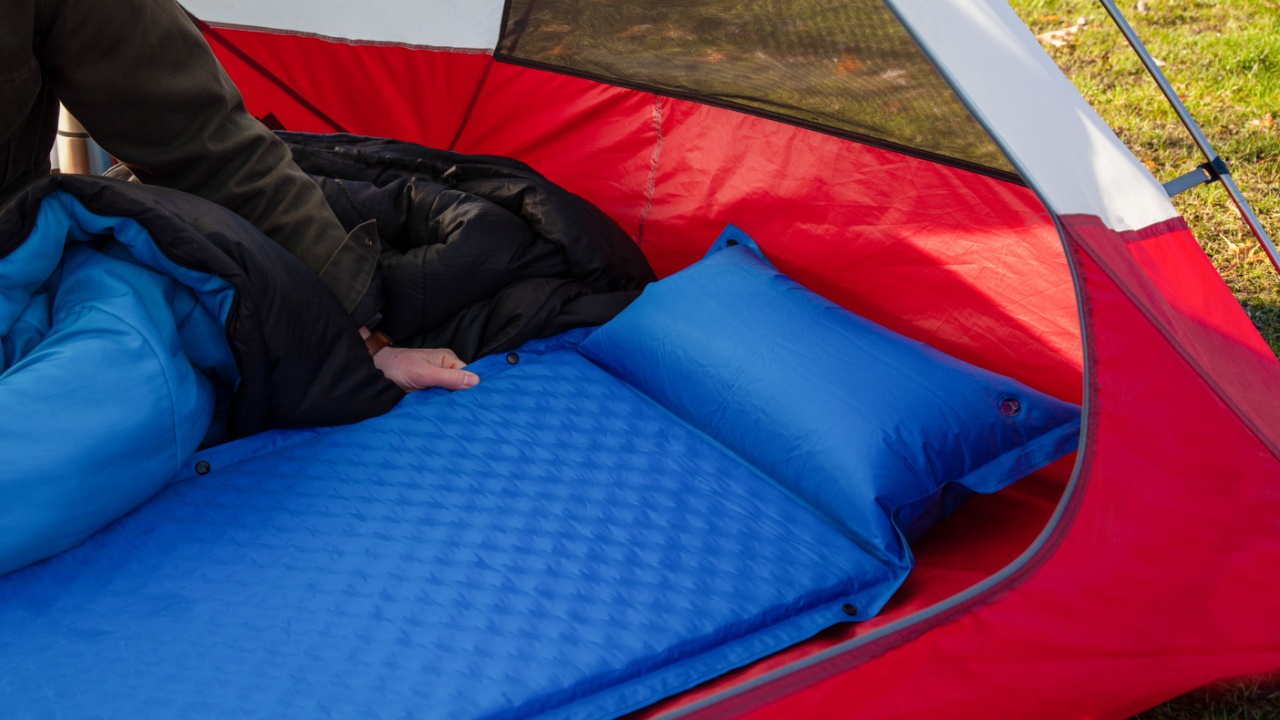
A sleeping pad enhances both comfort and insulation by preventing heat loss and providing cushioning. It’s an essential part of a good night’s sleep in the outdoors.

Having one reliable flashlight or lantern might be enough if it’s of good quality. Ensure you have enough light to safely navigate and perform tasks around your campsite, but avoid overloading yourself with multiple devices.
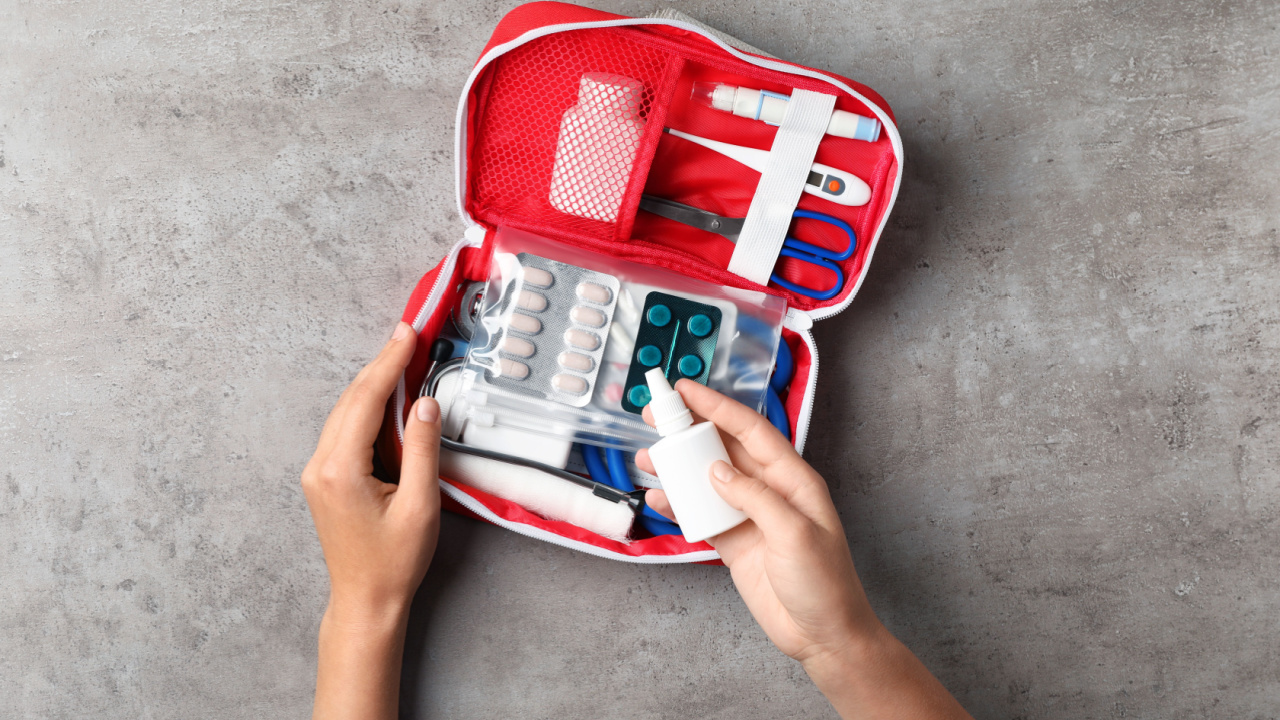
Always carry a first-aid kit that is well-stocked and tailored to your camping environment. Being prepared for minor injuries and emergencies is crucial for a safe camping experience.

When carrying a tactical folding shovel, ensure it’s a versatile tool that can handle digging and other tasks. The correct term for this tool is a “tactical folding shovel,” which can be more practical and descriptive.
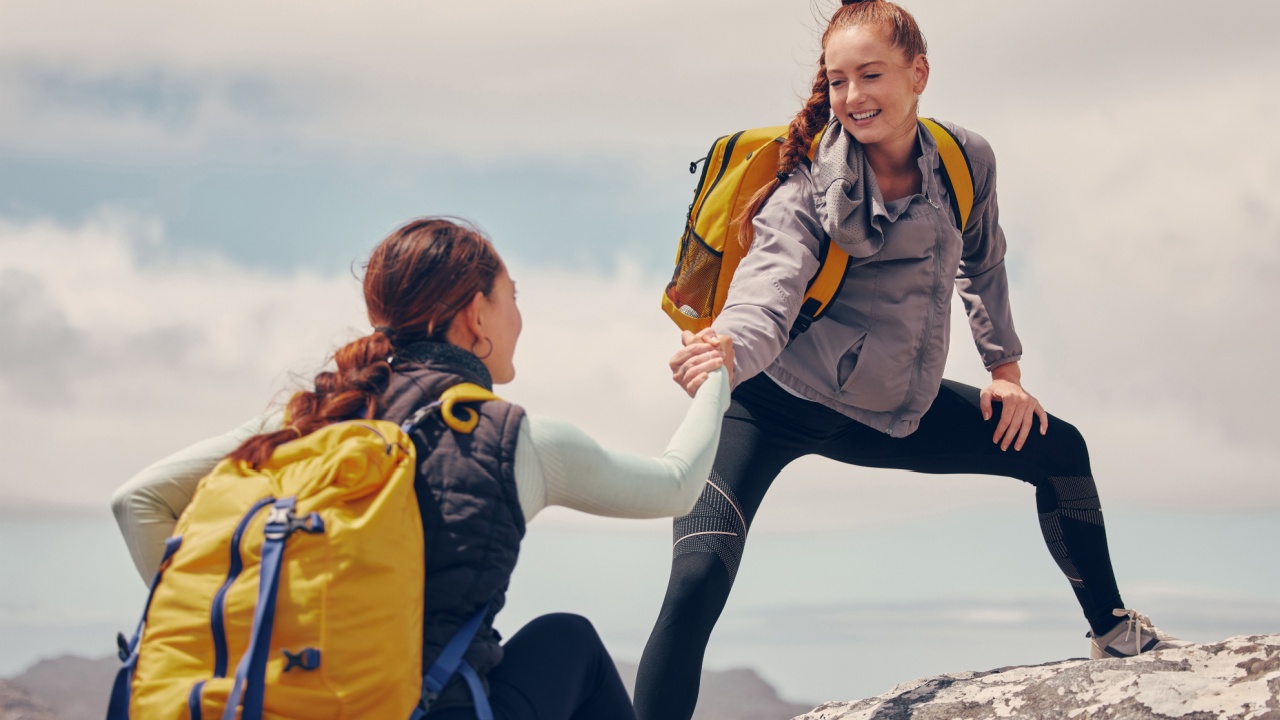
If camping at high elevations, be mindful of potential altitude sickness. Gradual acclimatization can help reduce risks associated with significant elevation changes, making your camping experience safer and more enjoyable.

Always use a checklist when preparing for your camping trip. Ensure it includes all essentials, replacing any outdated terms like “flight plan” with “trip plan” to keep your planning relevant and organized.
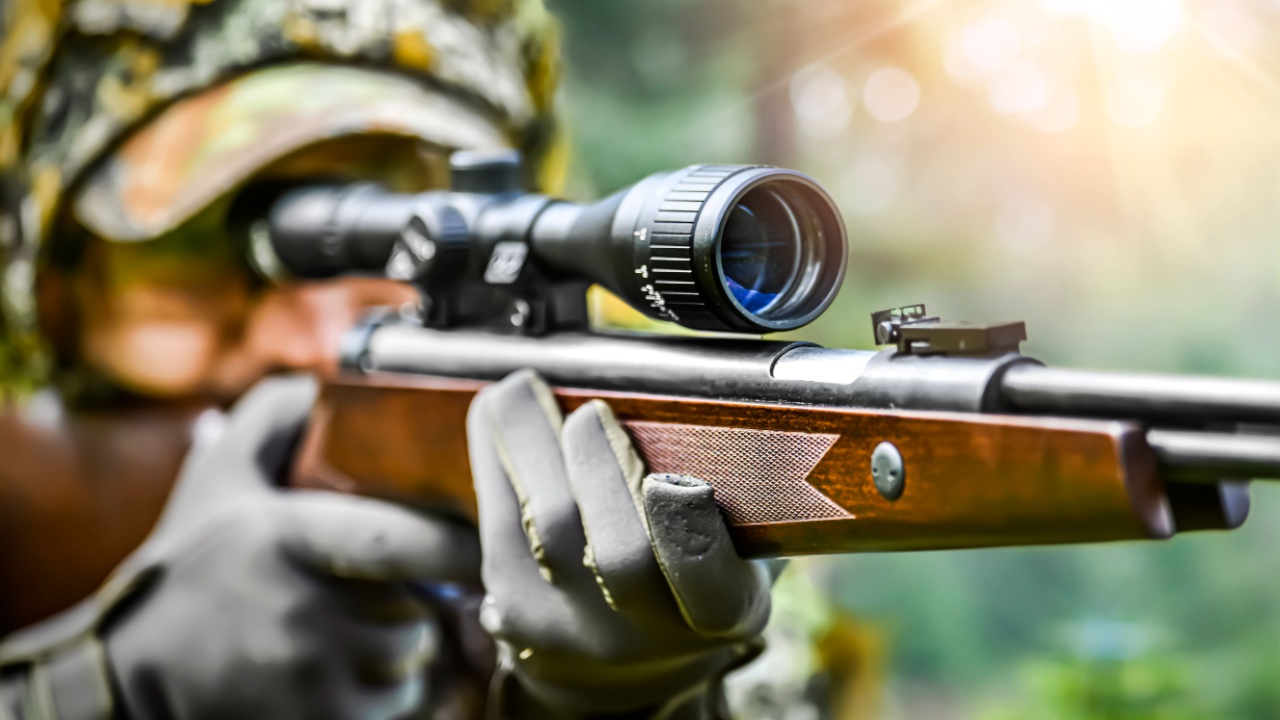
Choosing the “best” hunting rifle is a pretty personal thing. We all have different opinions and preferences on what we like to hunt with. But still, over the last 50 years, there have been some remarkable weapons. Over the past half-century, the evolution of hunting rifles has seen so many innovations, catering to a wide range of needs from the casual deer hunter to the adventurous big-game enthusiast. What’s your favorite hunting rifle? Which weapons deserve a spot on this list?

With almost 16 million hunters in the United States, and with such a huge range of game to hunt, the right rifle and the best cartridge is critical. We have some of the most diverse ecosystems on the planet, with animals ranging from tiny squirrels to gigantic moose. The cornerstone of a successful hunt lies in the hunter’s skill and knowledge but also in the choice of ammunition. The right cartridge can make all the difference, offering the power needed for a clean, humane kill without compromising the quality of the game.

This list extends beyond the basic survival trio of water, food, and weapons. It’s a given that we need to stock up on water, food, and a way to defend ourselves and what we have. But what other things will you need in a survival situation? None of us truly knows what TEOTWAWKI will really look like, although most of us have theories we think most likely. But whatever the situation is, there are certain supplies that it just makes sense to have on hand, aside from the obvious trio I mentioned above.
